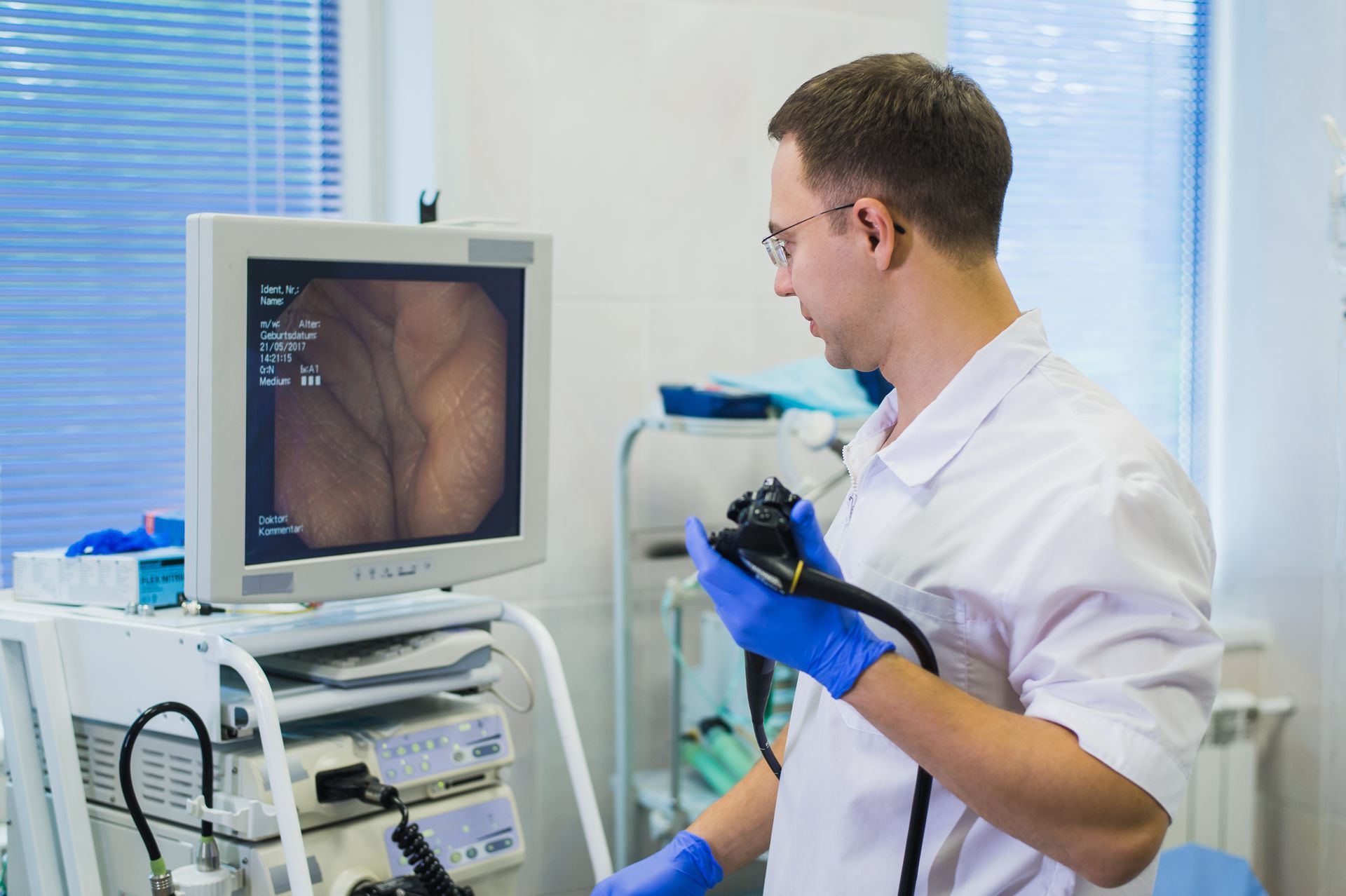From Contamination to Treatment: Understanding E. Coli
Every couple of months, E. coli seems to take over the headlines. News spreads of another contamination and food recall. The most recent is happening at this very moment, with the FDA announcing a recall of over 130,000 pounds of ground beef due to possible contamination. Reports indicate that the outbreak has been connected to 17 individual cases of illness and one death.
We hear such reports so frequently that they seem to send off few alarm bells anymore. Most who hear the stories will check the list of products and stores that sold them to ensure that they haven’t purchased any recently. Then, the whole thing is forgotten until the next incident. But, E. coli is very serious business, and the general public’s understanding needs to go beyond which products may be contaminated. We need to better understand what exactly E. coli is, why it is so dangerous, and the symptoms that warrant speedy medical attention.
What is E. Coli?
E. coli, or Escherichia coli, is a group of bacteria found within the intestines of humans and other warm-blooded animals. There are many diverse strains of E. coli within this group, and the majority are harmless. However, there are others which can result in serious illness. In fact, reports indicate that such strains of E. coli are responsible for over 85 percent of urinary tract infections and about 20 percent of neonatal meningitis cases. It can also lead to pneumonia and other respiratory illnesses when it invades the lungs, and of course, it is responsible for many cases of intestinal infection and food poisoning.
How do E. Coli Contaminations Occur?
Contamination of E. coli resulting in intestinal infection most commonly comes from a type known as Shiga toxin-producing E. coli (STEC). STEC are found in the guts of ruminant animals such as cattle, goats, deer, and sheep and can make their way into food when products are contaminated with even microscopic amounts of the feces of these animals. This can happen in a number of ways. Beef and unpasteurized dairy products have a clear connection and proximity to cattle, the number one source of STEC outbreaks in humans. However, an E. coli infection may also be contracted through produce exposed to contaminated runoff water, ingesting lake or river water, at petting zoos, eating food handled by someone who has not washed their hands.
What are the Symptoms and Side Effects of E. Coli?
The symptoms of an E. coli infection typically begin to appear within 2 to 5 days of exposure. Signs such as abdominal cramps and diarrhea often begin slowly and worsen over the next few days. Those infected may begin to experience more severe cramping, blood in their stool, vomiting, and low-grade fever. Most will improve within a week, but all patients should be very mindful of the possibility of dehydration and additional symptoms which could indicate a more severe complication.
As many as 10 percent of those with STEC will develop a complication called hemolytic uremic syndrome (HUS). In this condition, the body’s red blood cells begin to be attacked and destroyed by the bacteria. Left untreated, HUS can result in kidney damage, kidney failure, and even death. Symptoms of the condition include decreased urination, fatigue, and loss of color to the cheeks and the inside of the lower eyelids.
With large E. coli outbreaks and recalls making national headlines, it can be easy to assume that these account for the majority of cases and that simply keeping a watchful eye on the products you buy will keep you and your loved ones protected. In reality, however, such widespread outbreaks account for only 20 percent of all cases, and E. coli is a much larger threat than many realize.
If you begin to suffer from the symptoms of an E. coli infection, it is important to seek medical attention and carefully monitor your symptoms. Doing so will help ensure your health and safety by preventing the development of dangerous complications. If you have these or other concerns regarding your digestive health, contact Digestive Diseases Center to request an appointment.
CONTACT
850-763-5409
ADDRESSES
4 LOCATIONS
204 E 19th Street, B, Panama City
12216 Panama City Beach Pkwy, D, Panama City Beach
4295 3rd Ave, Marianna
101 Good Morning St., 109B, Port St. Joe
Subscribe to our newsletter:
subscribe to our newsletter
We will get back to you as soon as possible.
Please try again later.



